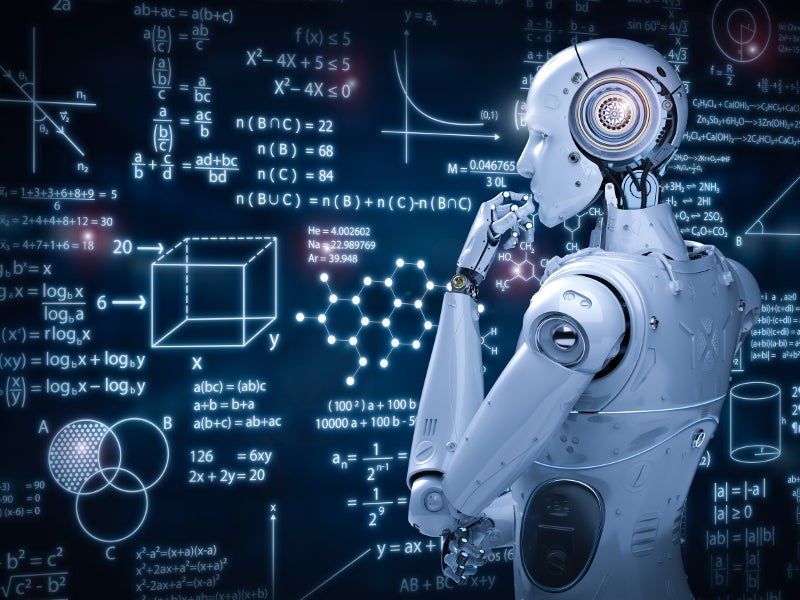The application software sector is undergoing profound and rapid change, with an inexorable shift away from on-premise software designed for traditional screen, mouse, and keyboard interfaces. Even the most conservative industries demand cloud as the default platform for new software products, while consumer applications are all mobile-first. The value was historically all in the application itself but is now driven by the integration of software.
Listed below are the top application software technology trends, as identified by GlobalData.
Cloud
The cloud is an important model for IT resource delivery. The growth of application programming interfaces (APIs) has made sharing data easier and encouraged the development of new applications. Much of this new application development is cloud-based. A new wave of platform services, including low-code platforms, will use AI to increase operational efficiency and automate workflow controls. Advanced platforms will enable intelligent apps and improve user experience.
Process automation
Process automation refers to robotic process automation (RPA), in which new developer technologies help shore up various phases within the application lifecycle. RPA uses AI, low-code platforms, and software robotics to automate manual processes. Industrial IT providers will continue to invest in RPA innovation. For example, Siemens’ acquisition of Mendix in 2019 will strengthen both its new digital business unit and its RPA offering.
Machine learning
Machine learning is a high priority for businesses everywhere. However, the market faces a skills gap. There are relatively few AI specialists, and developing a model is a time-consuming and resource-intensive process. As the market matures, enterprises will incorporate data from a variety of sources into their machine learning models. The data may reside on-premises, at the edge, in the cloud, or across multiple clouds.
AI libraries
To overcome the skills gap, vendors are designing products specifically for people without data science skills. Vendors are offering translation services, speech-to-text, natural language generation, image recognition, and video analysis to non-AI specialists. Data will become a key differentiator.
Conversational platforms
Conversational platforms employ a variety of technologies to enable human-like interactions with computer systems. Virtual personal assistants like Amazon’s Alexa or Google’s Assistant can schedule appointments, provide weather updates, and play music based on voice commands. In 2020, application platform providers will develop user interface (UI) tools to support advanced conversational platforms. These app components will include chatbots with a natural language UI.

US Tariffs are shifting - will you react or anticipate?
Don’t let policy changes catch you off guard. Stay proactive with real-time data and expert analysis.
By GlobalDataOpen source AI
AI relies heavily upon open source (OS) technologies. Google’s machine learning framework, TensorFlow, is a prime example of this trend. Released via the Apache OS license in 2015, TensorFlow is currently available to developers across most public cloud platforms. Investment in OS AI technologies will proceed apace, particularly among vendors selling both open and proprietary technologies (e.g., Huawei released its own AI framework, MindSpore).
AR
AR allows the user to see the real world overlaid with a layer of digital content. Having come to worldwide attention in 2016 with Pokémon Go, the next two years will be pivotal for AR. Its chances of crossing over to the mass consumer and corporate markets will be determined by the richness and variety of AR content, the development of smartphone applications, and the arrival of all-in-one glasses.
Apple CEO Tim Cook asserted that the iPhone is the best place for AR, but we do not expect to see Apple AR until the iPhone 12, by which time the tightly knit A-Series-iOS vertical stack will be fit for purpose and sufficient content will have been developed. During 2020, it may also become clear whether or not the 10-year, $2.6bn Magic Leap gamble has paid off. Its technology superimposes 3D computer-generated imagery over real-world objects by projecting a digital light field into the user’s eye.
This is an edited extract from the Tech, Media, & Telecom Trends 2020 – Thematic Research report produced by GlobalData Thematic Research.









